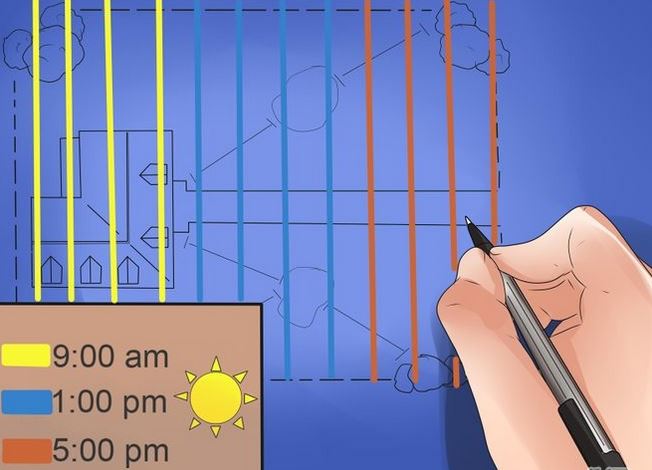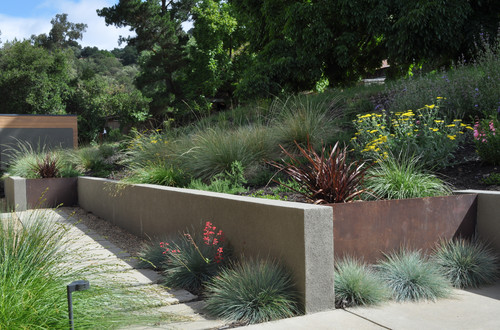The Ultimate Guide to Designing Beautiful Xeriscapes
Though the word sounds complicated, Xeriscaping is a simple and practical technique of designing water-efficient landscapes. Xeriscaping involves preparation of soil, selection of plants and design of landscape layout to minimize the use of water.
In a nutshell, an efficient xeriscape is a low-maintenance, high impact and water-wise landscape.
Useful Tips for Designing Efficient Xeriscapes
Following are some basic pointers to designing an effective xeriscape:
Improve Soil
Soil is the first thing you should analyze when planning a xeriscape. Make sure that the soil is able to retain moisture by adding organic matter to the soil. See: Tips to improve sandy soil organically
Select the right plants
Select native plants; they are low on maintenance and do not usually need frequent watering. There is a wide variety of drought-tolerant plants that can be used in xeriscapes. See: 100+ xeriscape plants.
Design effective layouts
Design your xeriscape layout to ensure minimum waste of water. You can use terraced layout, pathways, and slopes to ensure that water can easily flow through your garden and irrigate most parts of the xeriscape.
Use planting techniques
Be creative when planting. Plants with similar requirements can be grouped together to ensure efficient use of water. Plant xerophytes on slopes.
Irrigate efficiently
Irrigate in evening or early morning to reduce evaporation. Contain rainwater for irrigating your xeriscape. Replace sprinkler system with drip irrigation system.
Mulch the bare soil
Use a lot of mulch. Topping up the bare soil with two to four inches of mulch prevents water evaporation, maintains an even, cool soil temperature and prevents the germination of weed seeds. The best time to apply mulch is in late spring after the soil has warmed, but before summer’s heat begins. A late autumn mulching helps avoid the alternate freezing and thawing of soil.
Suitable Plants for Xeriscapes
Selection of plants greatly depends on your climate. I have listed about 100 drought-tolerant plants along with their culture, growth requirements and USD zones here. You can also browse the following list of popular plants that can be used in most xeriscapes.
Perennials
- Artemisias
- Asters
- Columbine
- Coreopsis
- Delphinium
- Echinacea
- Gaillardia
- Iris
- Lavender
- Pansy
- Sages
- Sedums
- Tulips and crocuses
- Yucca
Annuals
Succulents
- Cotyledon
- Crassula
- Dudleya
- Kalanchoe
- Sedum
- Aloe
- Agave
- Bulbine
Ornamental Grasses
Useful Xeriscape Resources
How to determine cost of your xeriscape project
Do’s and Don’ts of Xeriscaping
[Pocket Guide] Xeriscaping at Home
[Book] Creating the Prairie Xeriscape by Sara Williams
Step-by-Step Guide to Practical Xeriscaping
[Photos] 15 examples of xeriscaping with succulents
[Photos] 9 examples of xeriscaping with cacti
[Free PDF Guide] Basics of Xeriscaping












